Murasame’s Successor
Among the impressive fleet of Japan’s Maritime Self-Defense Force (JMSDF), the Murasame-class destroyers currently stand out in their numbers, but the Takanami-class was originally supposed to exceed such quantity as its successor.
- General Overview
| Displacement | 4,650 tons (standard) |
| Length | 151m (495.4ft) |
| Beam | 17.4m (57ft) |
| Crew | 175 people |
| Speed | 30 knots (55.5km/h, 34.4mph) |
| Armament | 127mm Naval Gun×1 20mm CIWS×2 Anti-Ship Missiles×8 Vertical Launch System×32 Triple-Tube Torpedo×2 |
| Aircraft | SH-60 Helicopter×1 |
| Unit Price | 600 Million USD |
After the Murasame’s achievement on incorporating new stealth designs and vertical missile launchers (VLS), JMSDF sought to further expand its overall performance by introducing the Takanami-class destroyer in 2003.
While basic designs remained largely unchanged from its predecessor, the Takanami-class aimed to enhance firepower, control systems and anti-submarine warfare capabilities.
The ship was virtually an upgraded version of the Murasame-class, though there were some major differences.
The most notable is the main gun having a larger 127mm caliber instead of the Murasame’s 76mm gun in order to improve firepower projection.
Other differences include the VLS being concentrated on the frontside of the ship whereas the Murasame-class separated it into two sections for anti-submarine warfare and air-defense.
The Takanami-class was equipped with both the ASROC anti-submarine missile and the Sea Sparrow anti-air missile, but the latter was converted to the ESSM missile with better range.
Owing to this missile upgrade, the Takanami-class is able to engage multiple airborne targets at the same time, though not all ships had the luxury of being installed with new radars and information processing systems.
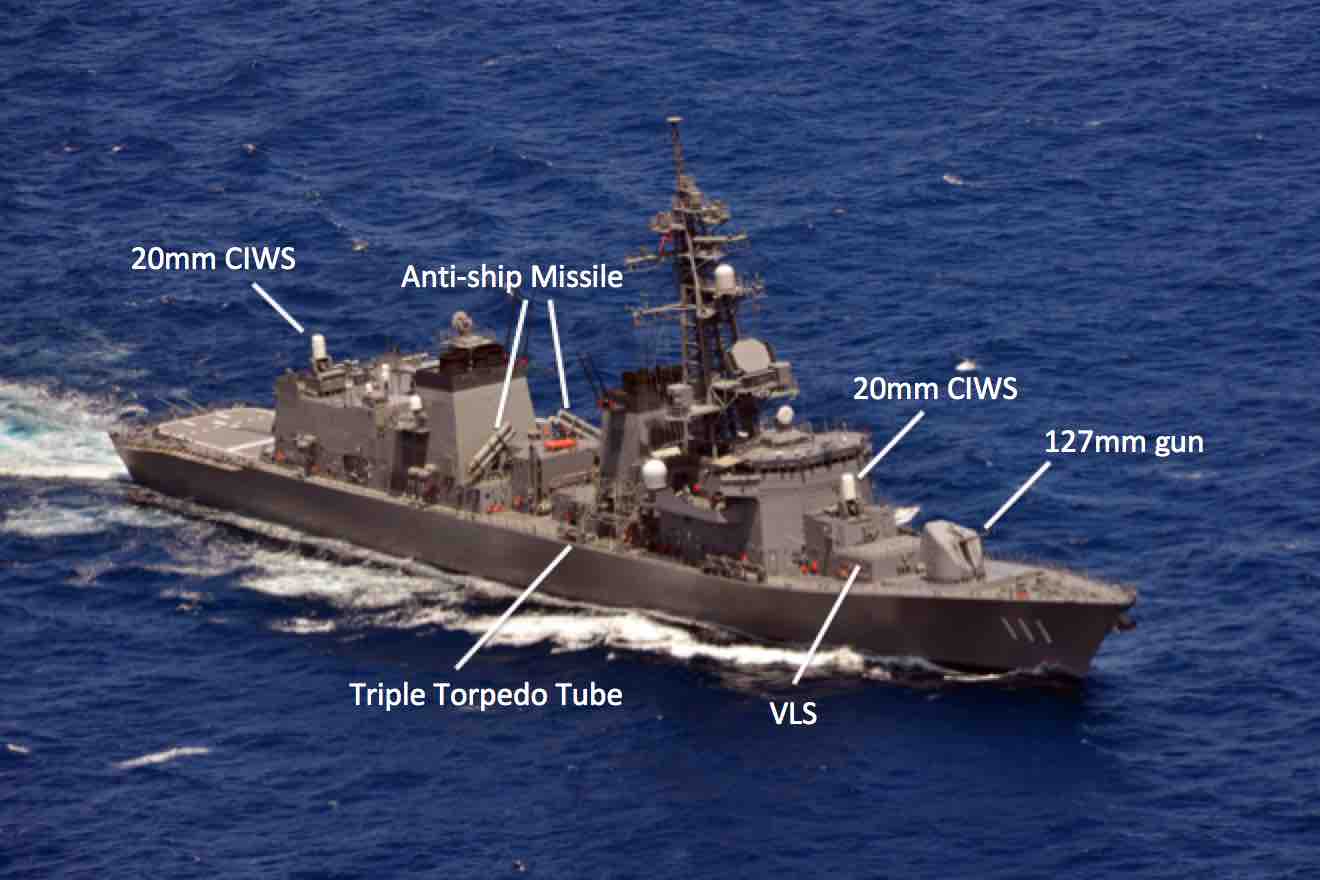 Main armaments of the Takanami-class (photo: JMSDF)
Main armaments of the Takanami-class (photo: JMSDF)
If we shift our focus to the interior of the ship, the Takanami-class introduced new briefing areas for helicopter crews, and the living quarters saw a significant expansion in size.
Such changes were the result of consolidating the VLS into one section, but crew satisfaction was quite low since the capacity of each living quarter was increased from twelve people to thirty.
Plans For Further Upgrades
Although crew comfort was not that high, the Takanami-class managed to possess a well-balanced capability as a warship in nearly every aspect.
In light of this fact, the initial idea was to surpass the nine Murasame-class destroyers by building eleven ships, but delays in developing new equipment, such as the advanced sonar system, limited the final number to just five vessels.
Nevertheless, it is still a capable, versatile warship that meets the requirements expected for a general-purpose destroyer, and is heavily used in various missions ranging from routine patrols to overseas deployments.
As the ship approaches its 20th anniversary, recent proposals for further modernization has been rumored in the defense circle. The plans center around installing new multifunctional radars similar to those fixed on the Mogami-class frigates.
If implemented, it is expected that the Takanami-class would continue to serve until the 2040s, though whether the plan will actually be carried out remains to be seen.


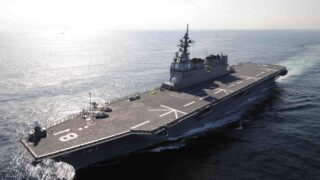
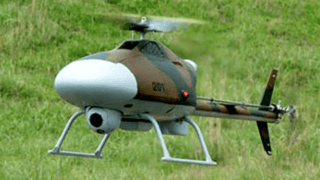
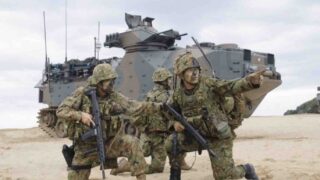

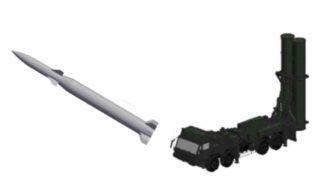
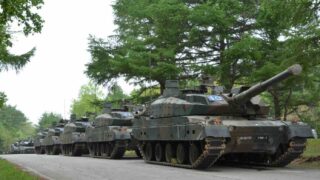


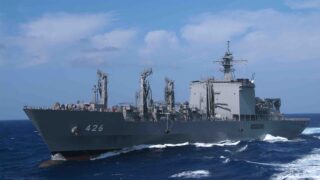
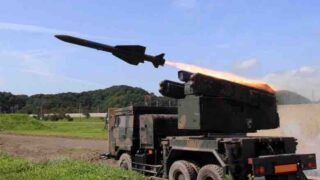
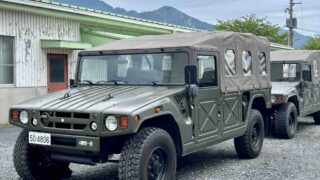


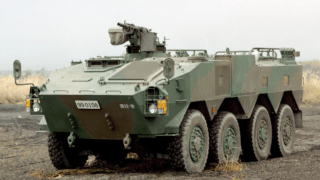
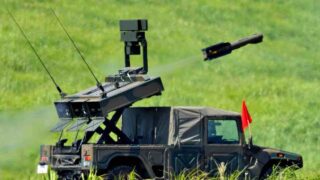
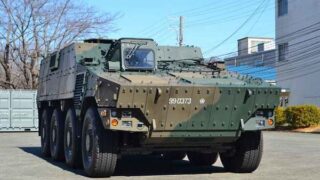



Comments